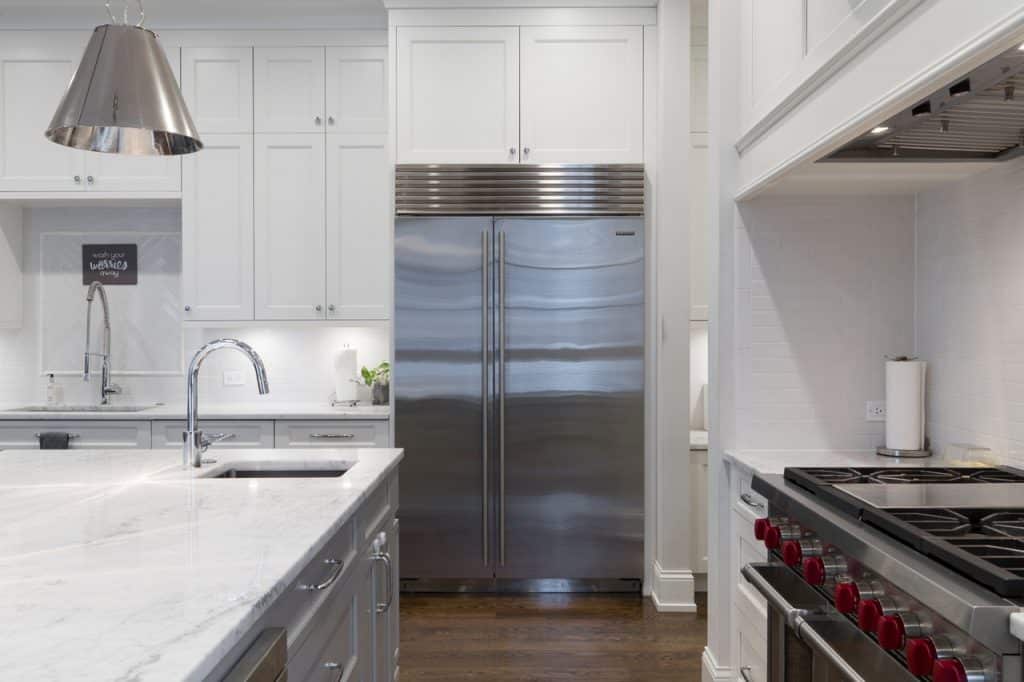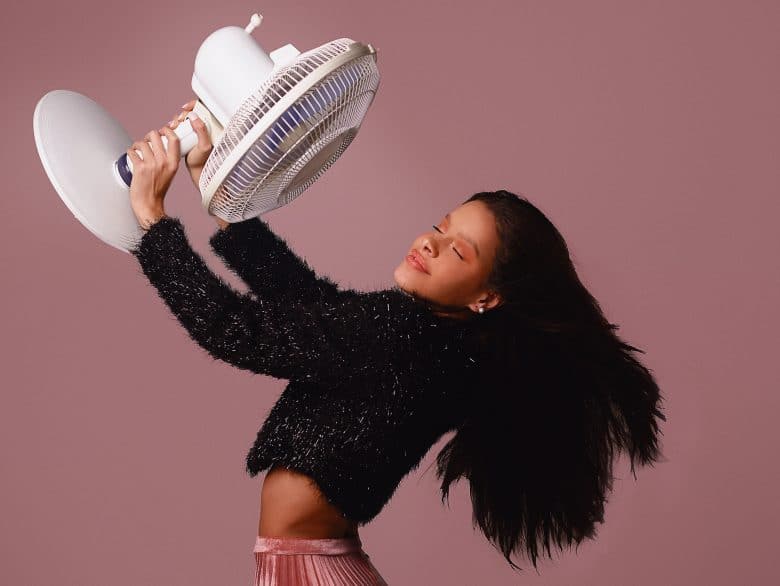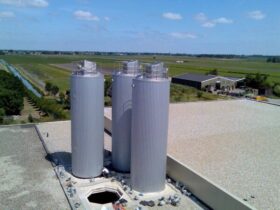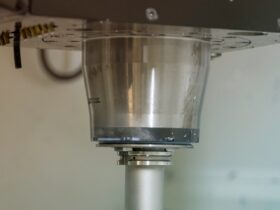Whether you’re at home in the summer or the winter, and you’re opening the refrigerator, you’re actually experiencing the effects of thermodynamics. The same goes for a situation where you need to drive somewhere and you’re starting your engine. People tend to ignore the subject because it sounds just as complicated as rocket science but it’s a lot simpler. Besides, this discussion is going to focus on the science behind electronic appliances in your home, here on Earth.
Thermodynamics is basically a topic that looks into how heat is transformed into other forms of energy and vice versa. For example, when you light a candle. There is energy in that candle, and when you light it, that energy becomes light and heat. Now, there will be no discussion of complicated theories or calculations here — it’s just some trivia you can tell someone on a really hot day or something you can remind yourself of before you decide to put hot food in the fridge.
Refrigerators
Fridges are heavy for a reason. They’ve helped mankind survive and flourish by preserving food and keeping beers cold. But it’s a well-known fact that heat moves from a hot object to a cold object. So how are refrigerators keeping your food cold? Why is it that when you put a container of hot food in the fridge, the fridge doesn’t get warm?

There are some things going on in your refrigerator-that allow the desired transfer of heat from the food to your fridge. First of all, even though heat is supposed to travel from hot objects to cold objects, the pipes at the back of your fridge contain something called a refrigerant. This is what the fridge uses to remove the heat from your food without increasing the temperature inside your fridge. When the refrigerant removes the heat from your food, it cools it down. As the food cools down, the microbes that can spoil your food are slowed down from that process of trying to spoil your food.
What happens to the heat removed from your food? It’s released into your room. That’s why the back of refrigerators can get hot sometimes. It’s completely normal and now you know why your fridge can feel hot now and then.
Cooling/Heating Units
Thermodynamics has made life a lot bearable, especially during severe hot and cold weather. Everyone needs an air conditioning unit when the weather is scorching hot, otherwise, they’ll have a heat stroke. Your A.C. works by taking in the hot air from your room, removing the heat from that air, and then releasing it back into your room. A.C. units have refrigerants like your fridge and that’s how the heat is removed. But that’s a bit of an oversimplification, there’s one more piece of information you’ll need to know.

When the A.C. unit takes air from your room, it makes that air exist in a smaller space inside the unit. That increases the temperature of the air. Since we now know that heat moves from hot to cold, the cold refrigerant takes the heat from that air and releases it behind your A.C. unit. When the air is finally released back into your room, it’s at a lower temperature; and the fact that it will have more space to fill means that the air will need to spread out more. That will make the air even colder. The same thing happens when you spray something from an aerosol can. The can feels colder when you touch it.
The reverse happens in the winter with your heating units. The heat in the air is collected from outside your home, and that heat transferred to the refrigerant that, in turn, reduces the space that the air is allowed to exist in, making it even hotter. This heat is released into your room to keep you warm.
These are just some ways that thermodynamics has kept you alive after all this time. Not to mention how thermodynamics was the reason why steamboats were created in the past and how it paved the way for better trade and industrialization all over the world. It’s not an entirely difficult subject to learn in school (only if you’re good at math). But what’s the point of math if you can’t understand how it can be applied to create the wonderful appliances that keep us alive?
Now you’ll have something interesting to think about the next time you grab a snack or switch on your air condition or your heater at home. Now you’ll be able to explain how it works and seem like a genius.













Leave a Reply